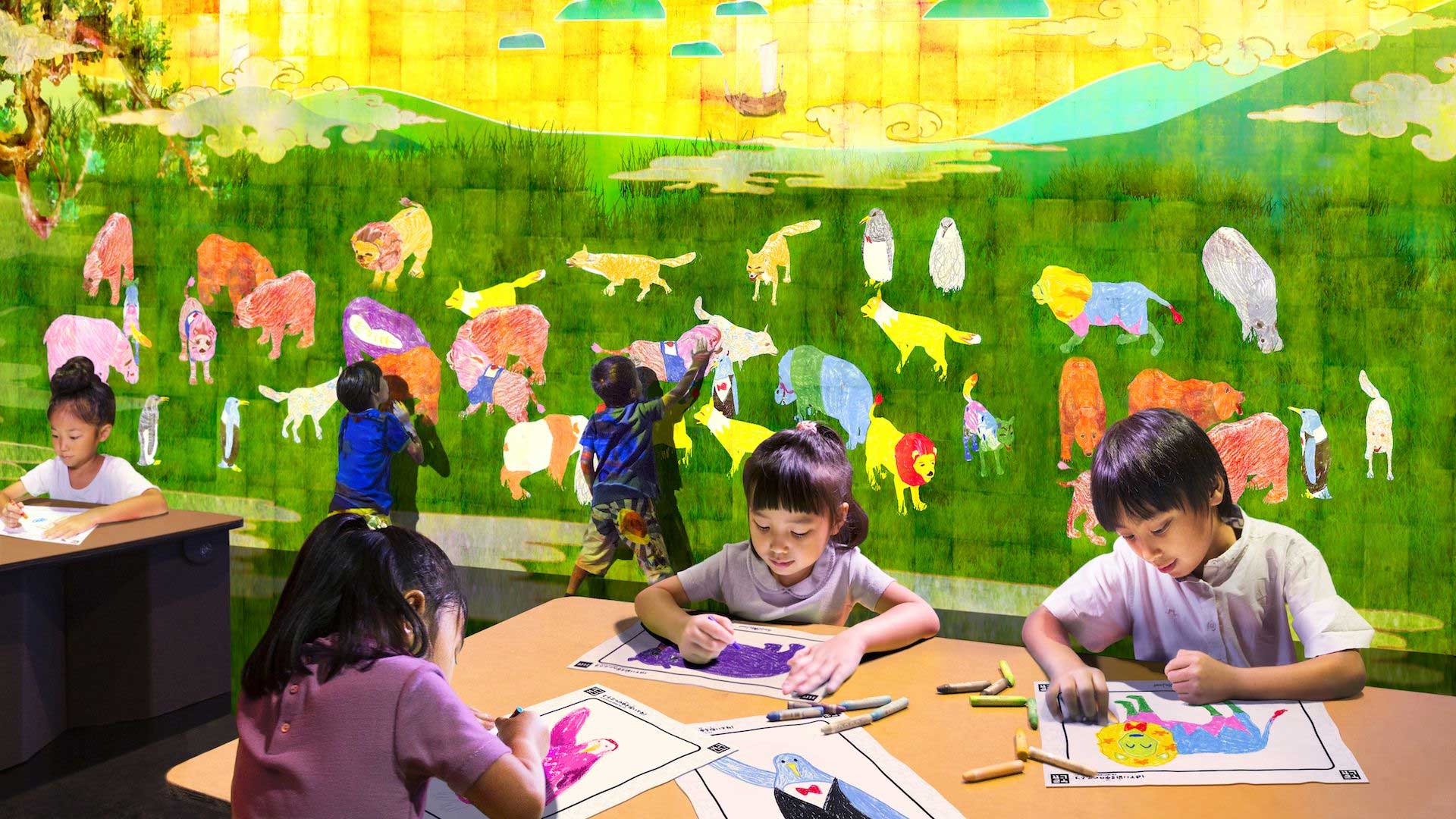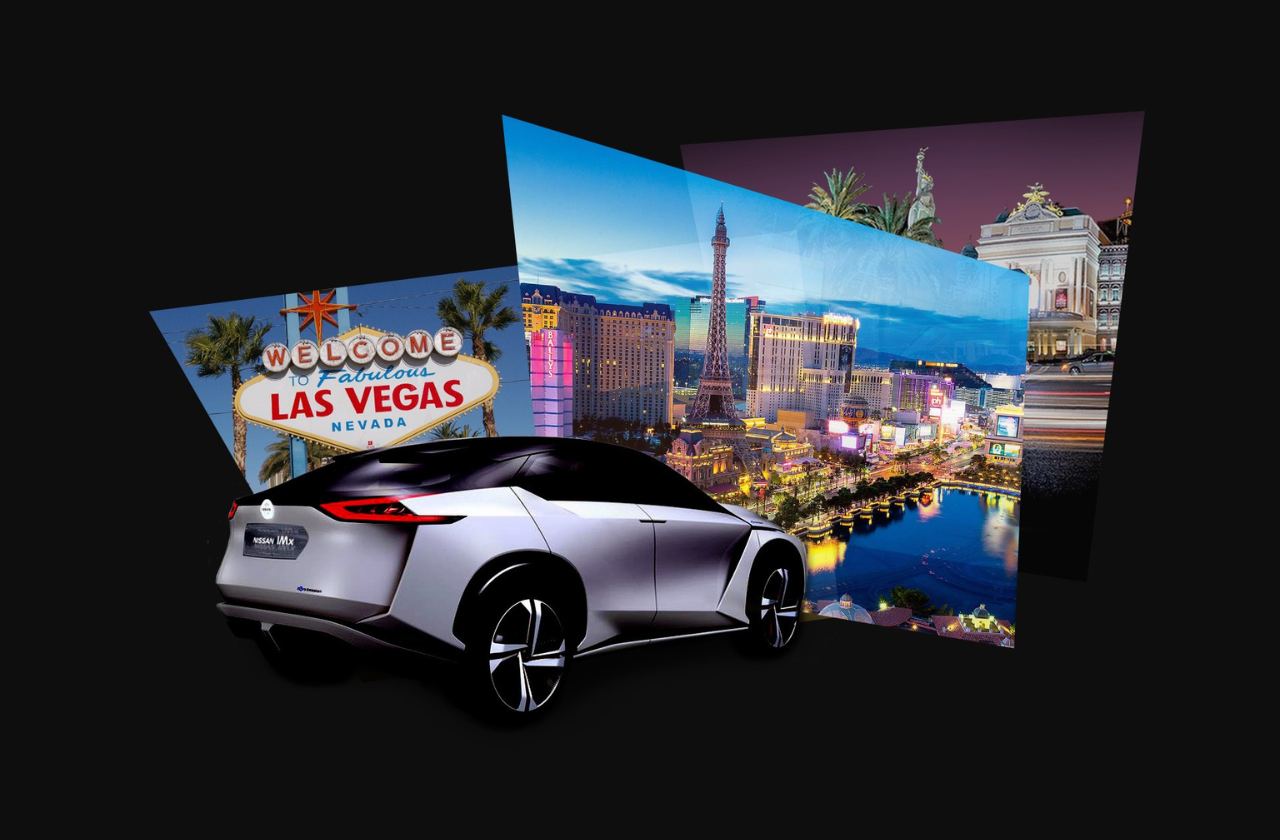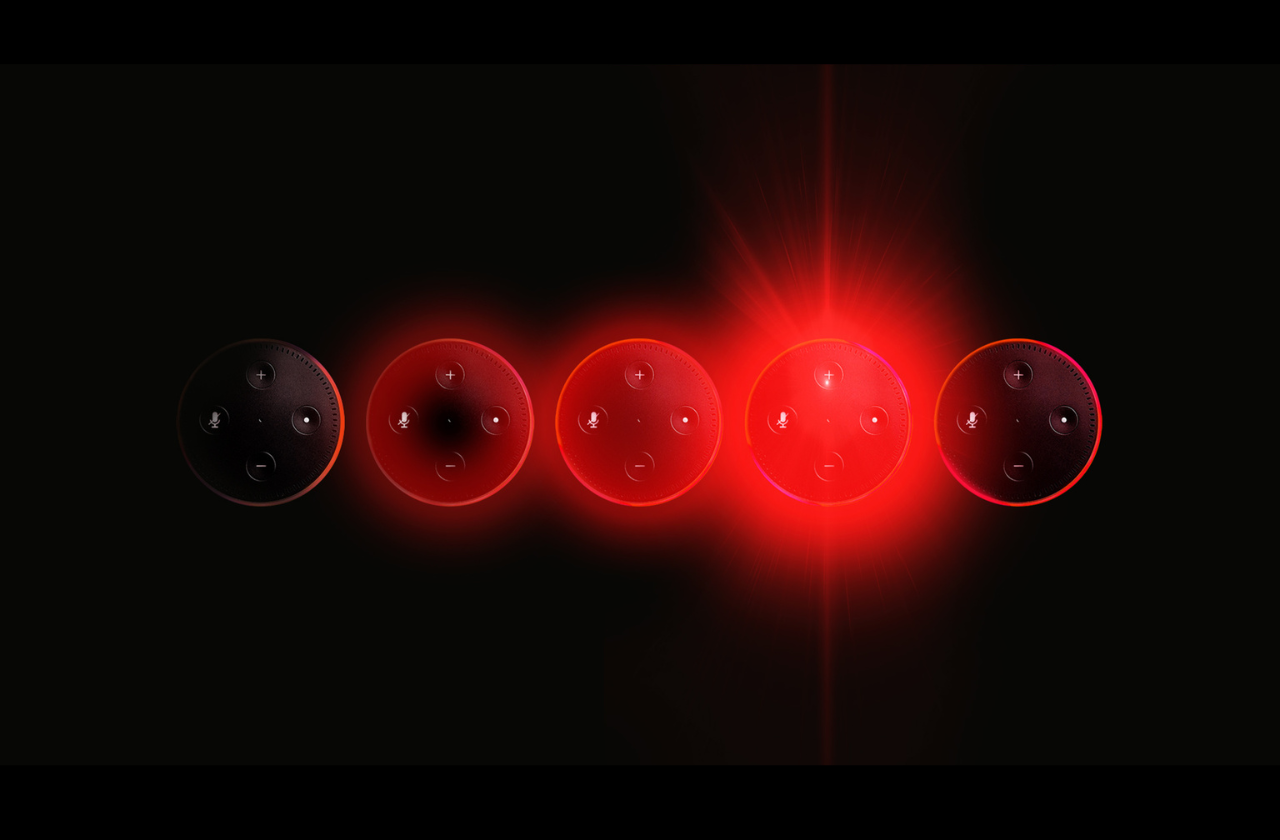






You may have heard that we’re currently in “the age of experience” and might be wondering what that really means. It may sound buzz-wordy, but we have seen a big change in the way that we interact with the world, and this is still evolving.
This shift towards experiences is largely a result of the way that technology has changed the way we live. Now that we spend so much of our time in front of screens, time spent in real life with personal interactions is valued more than ever, and social media has fuelled the ‘age of the experience’ even more by skyrocketing us into a culture obsessed with taking photos (the widespread access of having HD cameras in our cell phones has also helped!)
There has become a need and expectation for events to be experiences. Even retail spaces, artworks, and advertisements have pivoted towards being experiential.
There are many deep rabbit holes we could go down about technology’s effect on society, futurism and experiential design in general, but in this 5-minute read we’ll focus on the outcome that technology will have on experiences, while keeping in mind the advancements of accelerated personalization, automation, and connectivity that will likely come with the fourth industrial revolution.
Four Features of Experience that Technology Evolves
1) Immersive Environments
Advancements in technology have been closely related to entertaining people by transporting them to new worlds (such as film and theater) for a long time. Recent technology has drastically opened opportunities in advancing immersive experiences, whether through interacting with virtual worlds in XR, interactive projection mapping, immersive sound, or automated multisensory effects. As technology advances, it is key to pay attention to new abilities in immersing people more effectively, such as removing barriers like needing to download an app, and reducing the size of clunky headsets.
Ultrahaptics is an emerging technology that allows people to feel touch in mid-air using ultrasound; reducing the gap between the virtual and the real. For the first time, users could physically feel the AR button they’re pressing, or feel their entire body vibrate as they step through a doorway that’s fabricated as a portal.
Ultrahaptics explained at CES
2) Interactivity
Arguably the most significant upgrade for an experience’s engagement is when the audience can participate, rather than simply being on the receiving end of a one-way flow of communication. Technology has already greatly enabled interactivity in experiences through touch screens, voice commands, and motion reactive interactions (e.g. Kinect, computer vision, lidar lasers). Interaction technology will only become more natural with less barriers, the most extreme example being Elon Musk’s Neuralink, that would allow people to interact with computers directly with their brain.
Advancements in interactive technology have enhanced collaboration. Conferences can use collaboration to empower attendees to connect to each other and to their shared goal, through a collaborative art installation or word cloud that everyone can contribute to and admire at the end of the conference. Music festivals can install interactive audio installations that encourage festivalgoers to develop new friendships through collaboratively generating beautiful rhythms. Interactivity advances gamification in experiences too, like simply nodding your head to control mini games in Snapchat.

Interactive installation by Jen Lewin consisting of 100 interactive pads that emit colorful light and react to users’ movements.
Interactivity has enabled advanced methods of capturing and directing attention. Store windows can be digitized and use motion detection to beckon the attention of busy people on the street, with AI characters and graphics that react to passersby’s movements. An additional benefit of interactive technology is its ability to enable the exploration of an experience, by providing users with different stimuli depending on their interaction. In such instances, users are given the opportunity to delve deeper by actively embarking on their own journey.
Sniff the virtual dog captures the attention of passersbys on the street with an installation by Karolina Sobecka
3) Personalization
As a result of advancements in technology that have enabled users to more actively explore experiences, users are also empowered to shape their own experiences, making them personalized and unique. The choices that guests make provide data which allows an experience to flexibly adjust and tailor itself to the user.
As the usage of personal data continues to advance across industries, and the public becomes more conscious of their data privacy, technology will also provide ways to collect data ethically and in non-invasive ways. RFID technology is one current example of how guests at an event can be tracked to trigger experiences that are personalized to them, by using data collected during their exploration of the event, as well as data previously provided during registration.

‘teamLab’ personalizes installations by taking data from illustrations drawn by the audience, and turning them into animations that immerse the users
4) Metrics
The ability to collect data on the impact/ROI of an experience is obviously instrumental to the investment put into creating experiences. The measurements that tech-based activations are able to track have pushed forward experiences that use technology. Some easily available KPI’s today are dwell time, usage time, number of shares, and number of interactions with each component of the experience. Advancements in connectivity and data analysis in the future will likely allow us to track more direct KPIs, such as whether exposure to a particular experience influenced the purchase of a product. These highly valuable KPIs of the future have the potential to even further expand the ‘age of experience’.
In conclusion…
Though there are many components to experiences that are not centered around technology, our changing technological world has contributed heavily to the rise of experiences, and will continue to drive its future. Not only fluency in the emerging technological tools, but focus on their effects on experiences, will allow us to design towards the best possible outcomes in an ever-evolving landscape.



Our dedicated team dives deep, delivering relentless value and aligning digital solutions with your goals in a way that guarantees success
Learn more